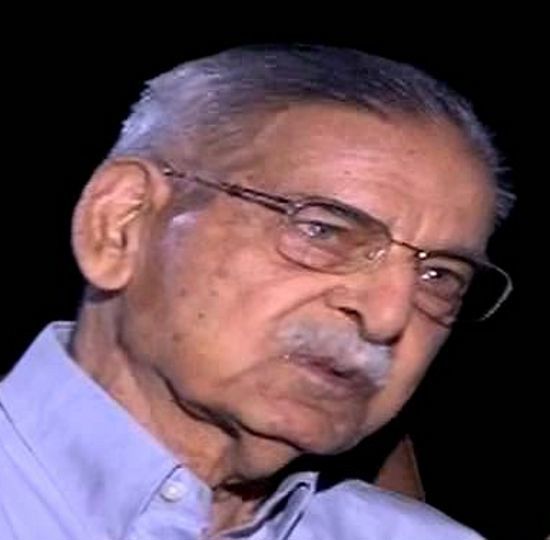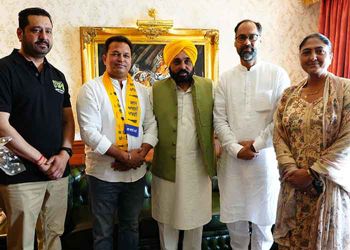
DR Nitya Anand, globally recognised for his work on non-steroidal contraceptive pill Saheli, passed away last week at the age of 99. File photo
Arun Kumar Grover
DR Nitya Anand, globally recognised for his work on non-steroidal contraceptive pill Saheli, passed away last week at the age of 99. He had graduated from the University of Punjab, Lahore, in 1943 and obtained a master’s degree in chemistry from Delhi University. For his doctoral degrees, he worked under Prof K Venkataraman at the University Department of Chemical Technology, Bombay, and Prof Alexander Todd at Cambridge University in the UK. At Lahore and Cambridge, his peer was Har Gobind Khorana, who went on to win the Nobel Prize in physiology/medicine.
While Khorana continued to stay at Cambridge till 1952, Nitya Anand returned to Delhi University in 1950 to take a temporary position before moving to the medicinal chemistry division of the newly established Central Drug Research Institute (CDRI). He superannuated from the CDRI in 1984 after having served as its Director from 1974 onwards. He was also a senior scientist at Indian National Science Academy (INSA) from 1985 to 1987.
He built the School of Research in Medicinal Chemistry at the CDRI, which contributed significantly to the design, discovery and development of drugs. He published over 400 research papers and guided numerous students for their PhD degrees. He had to his credit about 130 national and international patents.
Nitya Anand was a Rockefeller Foundation Fellow (1958-59) at the Department of Bacteriology & Immunology, Harvard Medical School, Boston (US). He was associated with the formulation of the drug policy by various bodies of the Government of India for over four decades. He was a council member of INSA in 1974-76 and a recipient of its Vishwakarma Medal in 1982. He was also a Fellow of the National Academy of Sciences of India, Allahabad, and the Indian Academy of Sciences, Bangalore. He is highly regarded for promoting scientific temper and science as a way of life for the youth. The government bestowed the Padma Shri on him in 2012.
As an institution builder, he was instrumental in setting up the Indian Pharmacopoeia Commission and promoting the National Institute of Pharmaceutical Education and Research (NIPER), Mohali.
Panjab University, Chandigarh, honoured him with the Vigyan Ratna Award during its convocation in 2014. On the occasion, his chemistry contemporary from Lahore — legendary scientist, innovator and drug manufacturer Prof Sukh Dev — was presented with the Udyog Rattan Award. Nitya Anand’s other contemporaries at Lahore included noted mathematician RP Bambah, Nobel laureate in physics Abdus Salam and the father of the Indian software industry, Faqir Chand Kohli.
Join Whatsapp Channel of The Tribune for latest updates.



























